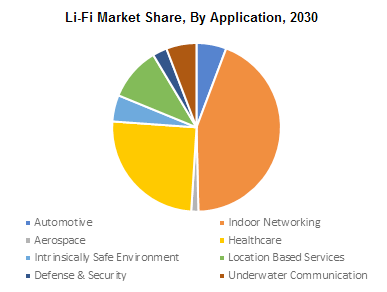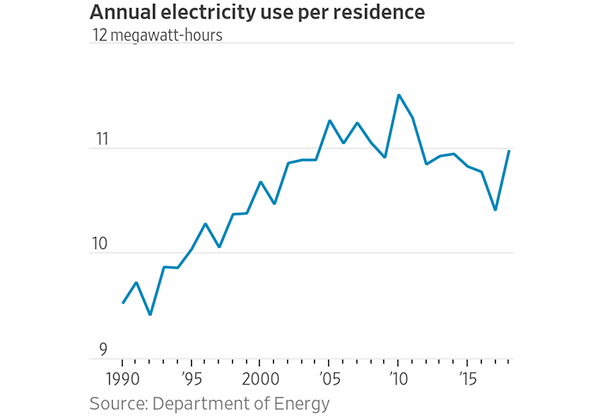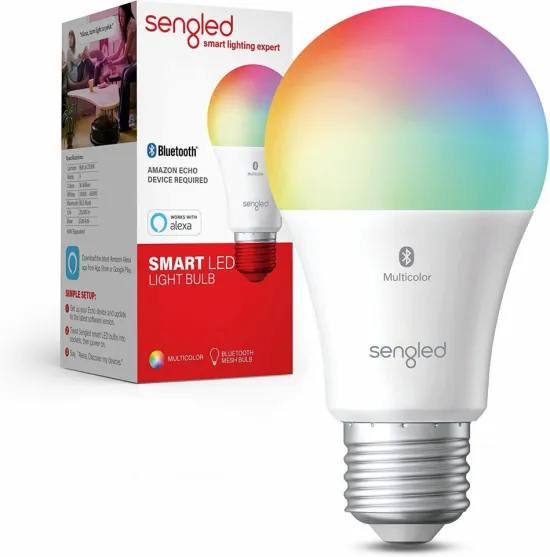
Li
- LEDS
- 2023-09-23 23:13:47
The light fidelity or Li-Fi market is set to grow from its market valued at over $70 million in 2019 to $8 billion by 2030, according to a new research report by Global Market Insights. The growing adoption of Li-Fi systems across the education sector is anticipated to propel the global Li-Fi market share over the coming years.
Research institutes and schools are increasingly implementing Li-Fi systems in order to offer secure and seamless Internet connectivity to their students. In addition, drastically rising data consumption and increasing RF spectrum crunch are further laying down the groundwork that will foster the adoption of alternative wireless communication technologies like Li-Fi, further pushing its overall industry outlook.
Li-Fi systems are capturing use cases across the areas where Wi-Fi technology faces issues or does not hold a presence; that includes operation theatres in hospitals, aircrafts, and power plants. More specifically, Li-Fi can be used in areas where electromagnetic interference (EMI) is a major concern for the security and safety of people and equipment, as Li-Fi uses light to transmit data as opposed to radio signals.




The Li-Fi market is also estimated to garner huge adoption in defense and security applications over the coming years. The key factors that may fuel the adoption of the technology include significant security threats, vulnerability to data loss, and leakage or data stealing in Wi-Fi networks.
The implementation of Li-Fi in the defense sector will ensure security of information transferred as well as stored. Besides security, this technology also ensures the stability of the connection to avoid data loss and is expected to gain massive popularity due to advantages associated with this feature.
With increased implementation of Li-Fi technology, microcontrollers (MCUs) serving the Li-Fi devices are also likely to witness significant demand. With high flexibility of functions in a single device, MCUs can potentially reduce the requirements for a large number of components for the installation of Li-Fi systems. The Li-Fi components can be integrated in several devices including laptops, tablets, and smartphones.
Geographically, the adoption of Li-Fi technology across military, private, and commercial sectors is slated to drive the Asia Pacific market through the forecast analysis period. The growing traction of smartphones throughout the region can create an additional demand for faster data transfer speeds, further promoting the adoption of Li-Fi systems.
Several prominent Li-Fi market players are implementing mergers and acquisitions, investment rounds, partnerships, and new product launches to gain a competitive edge over their competitors in the industry. For instance, in June 2019, Signify, the new brand name of Philips Lighting, launched its new Li-Fi system called Trulifi, which boasts data transfer speeds of over 150 Mbps.
The major players in the Li-Fi market include NAV Technologies, SLD Laser, VLNComm, Acuity Brands, Renesas, Oledcomm, Signify, and Lucibel, among others.
Related articles:
Li-Fi: An attractive alternative to Wi-FiLi-Fi is set to growIntroducing intermittent light and data (ILAD)Will LED-based Wi-Fi work?Li由Voice of the EngineerLEDSColumn releasethank you for your recognition of Voice of the Engineer and for our original works As well as the favor of the article, you are very welcome to share it on your personal website or circle of friends, but please indicate the source of the article when reprinting it.“Li”









